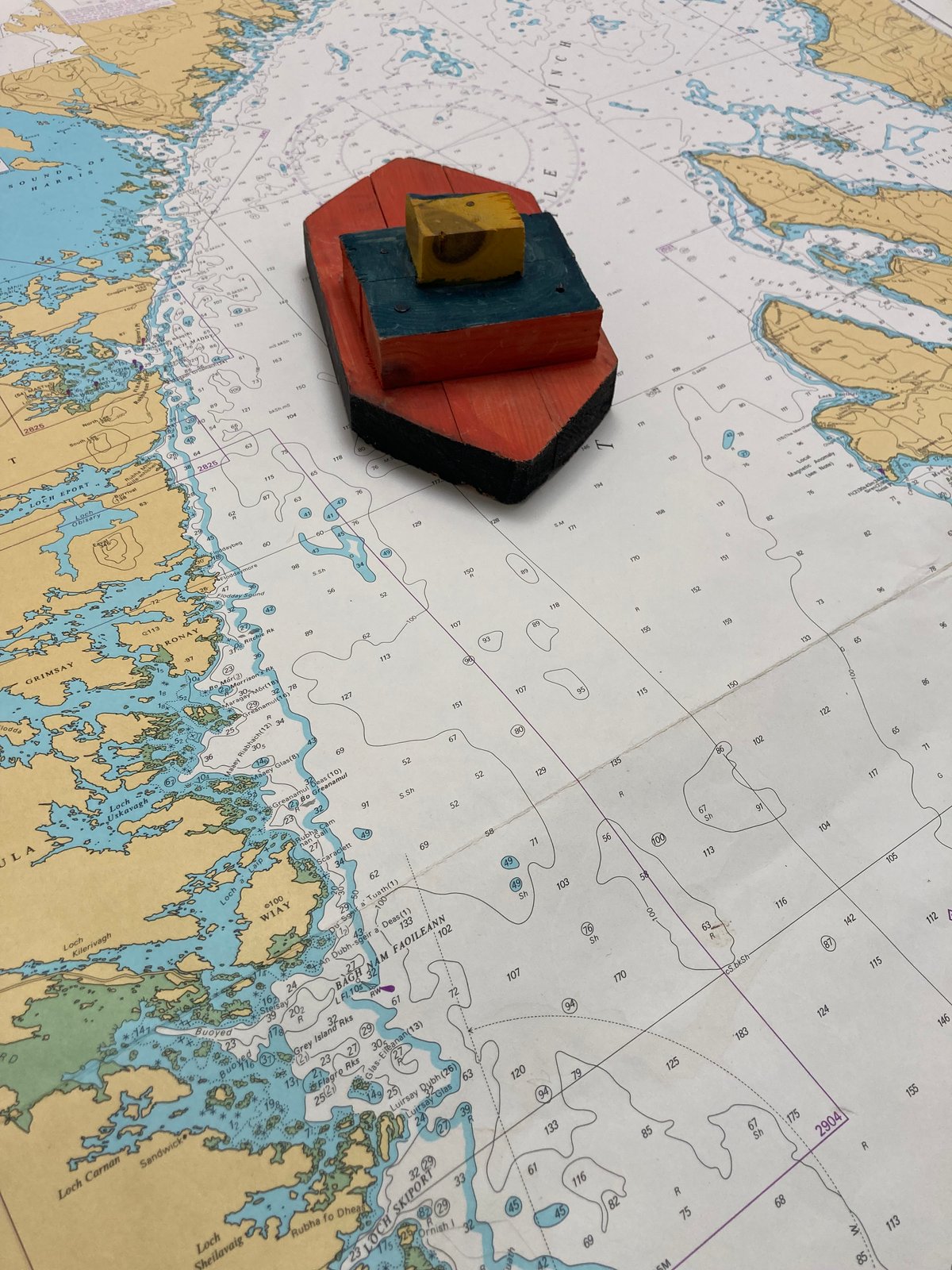By Roger Cox and Outdoors Columnist,Roger Cox, Outdoors Columnist
Copyright scotsman

Surfers will go to all kinds of lengths to get good waves. A 5am start to get to the beach in time to catch just the right combination of tide, wind and swell before work? No problem. Why not make it 4:30am, just to be on the safe side? A six-hour drive through the night followed by an uncomfortable car-camp to meet a swell that may or may not turn out to be as good as the surf forecast suggests? Sure, why not? Nothing ventured, nothing gained. There are those, however, who take things a step further – actually looking to engineer good surf, as opposed to simply trying to coincide with it. Exhibit A: the movers and shakers of the global wave pool industry, now including Scotland’s own Andy Hadden, whose frustration with the fickle surf of Scotland’s east coast was one of the factors that drove him to build the £60 million Lost Shore surf resort at Ratho, just outside Edinburgh. That might seem like an extreme way of guaranteeing good surf – and it takes a special kind of determination to spend more than a decade of your life building the biggest wave pool in Europe – but as a lifelong surfer, I can completely understand the impulse to take matters into your own hands when mother nature fails to deliver waves. READ MORE: Hi-Land Fling: Dreaming big pays off at Lost Shore’s first pro surf contest In my early teens, desperate to go surfing but frustrated by what seemed like an endless summer flat spell, I press-ganged my little brother into helping me to construct a small, artificial reef in the middle of our local, nondescript beachbreak. The underwater contours of our little cove were such that in a small summer swell it would only break at low tide – at mid-to-high tide, bands of swell would pass unbroken through a deep trough before onloading uselessly (from a surfing perspective, anyway) right onto the shore. My grand plan was that if we could create a shallow rock shelf a couple of hundred yards offshore and angle it just right, we could create a perfect one-foot peeler on days that would otherwise be too small to surf. So, as the tide went out, the two of us spent the best part of a morning lugging as many big rocks as we could carry from above the high-tide line out to the place where we’d decided our ideal take-off spot should be. There are probably all kinds of rules against attempting to re-engineer what was then still Her Majesty’s Royal Foreshore without first applying for planning permission, but we were far too focused on creating our very own dream wave to worry about the legal consequences. After many hours of hard labour in the baking hot sun, we had built something that looked like the kind of modest rockery you might expect to see outside a small suburban bungalow. We then retreated to some high ground behind the beach to see if our newly-created reef-break would indeed convert the weak summer swell into something worth riding. Of course, as the tide rolled in, our blood, sweat ‘n’ tears intervention had precisely zero effect. The incoming bands of swell simply rolled right over our wannabe reef without even looking like breaking, and by the following morning, almost all evidence of our hard work had been erased, with only a scattering rocks still visible. Clearly it takes more than a couple of kids piling up a few stones to change the characteristics of a surf break, but real artificial surfing reefs have been installed at beaches all around the world, notably at Middleton Beach in the town of Albany, Western Australia, where a AUS$13 million (£6.2 million) engineering project (completed earlier this year deploying 70,000 tonnes of granite) now means a previously uninspiring surfing beach can produce some pretty inspiring waves under the right conditions. Recently, however, a crew of surfers and skimboarders from Florida led by impresario and free-thinker Warren Smith went one better. Rather than trying to create a perfect surf spot by altering the underwater topography of a beach that frequently gets waves, they looked at the problem the other way around: what if you could find a place where there are usually no waves, but where the bathymetry is already perfect, and then figure out a way of generating some surf? Situated roughly half-way between New Orleans and Tampa in the Gulf of Mexico, the holiday destination of Panama City Beach doesn’t often get good waves. What it does have, though, just to the east of town, is a dreamy strip of powdery white sand called Shell Island, which shelves steeply into the emerald green waters of the Gulf. And it turns out that if you drive a 71-foot powerboat up and down Shell Island, the boat wake will refract off the shore in such a way that it creates a perfectly formed two-foot wave that peels along for about the length of time it takes to read a chapter of a Charles Dickens novel. Smith and Co are hoping to use the footage they captured of notable surfers and skimboarders at Shell Island to help attract investment for an artificial wave pool at Panama City Beach, but what they may also have done is inadvertently open a whole new chapter in surf exploration. After all, how many dreamy surfing set-ups might be hiding in swell-sheltered corners of Scotland’s 11,000-mile coastline, available to anyone armed with a stack of nautical charts and a big enough boat? READ MORE: Top Scots surf photographers tell the stories behind their best shots



